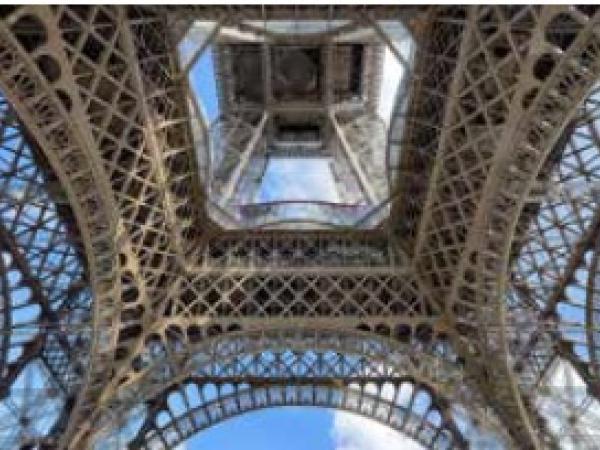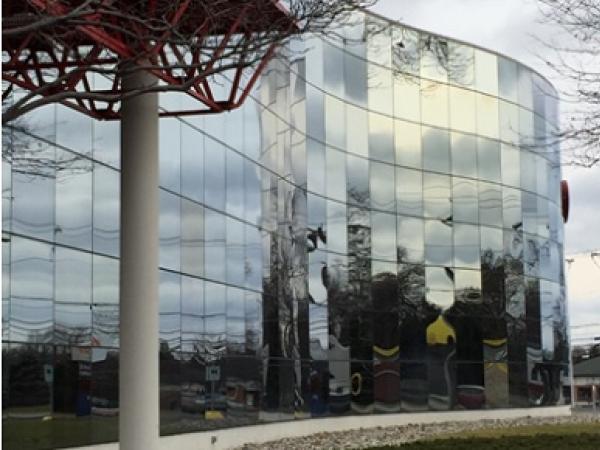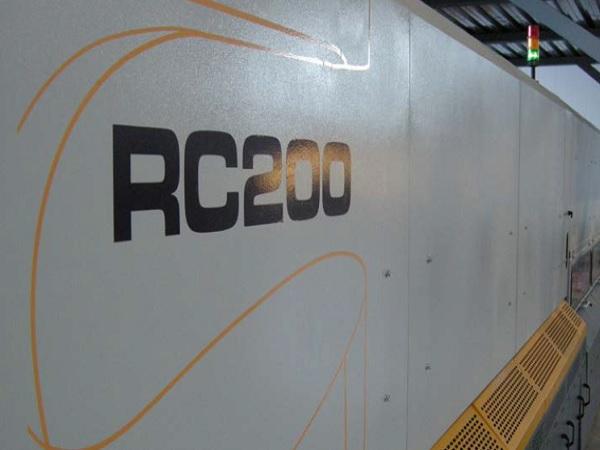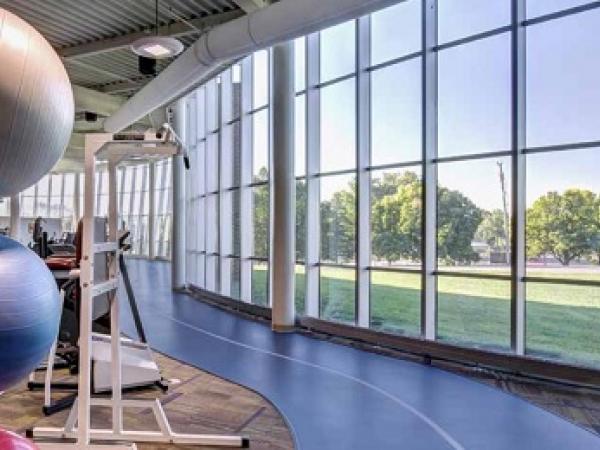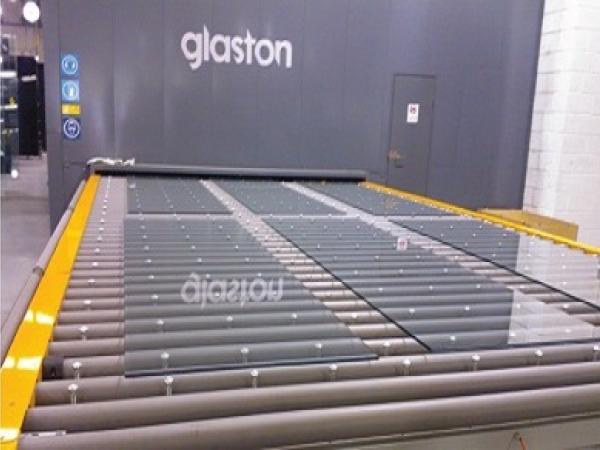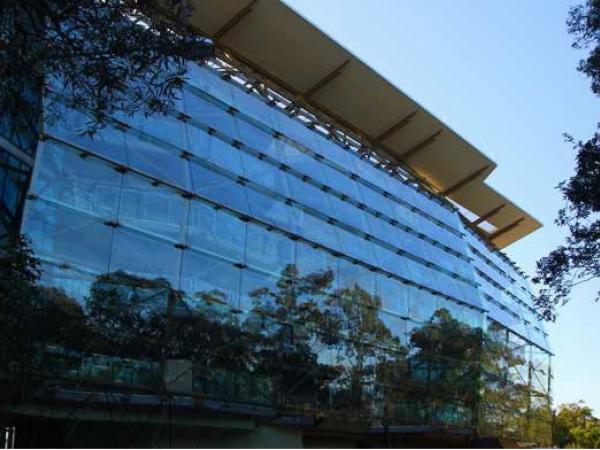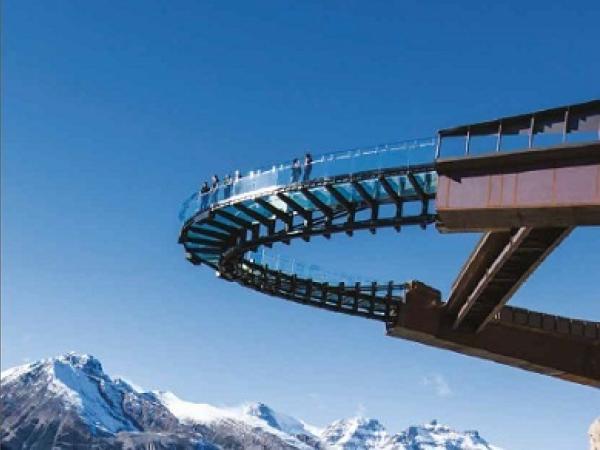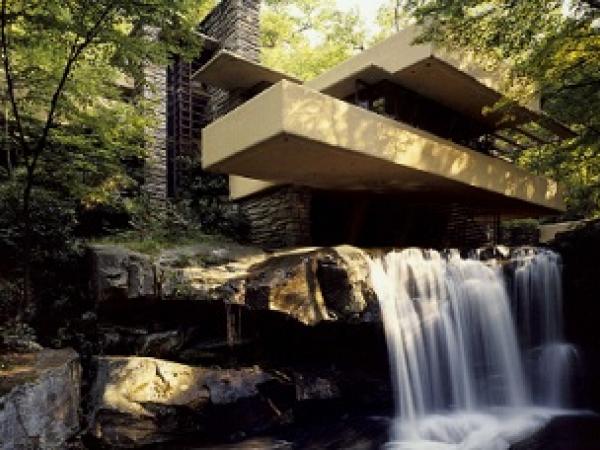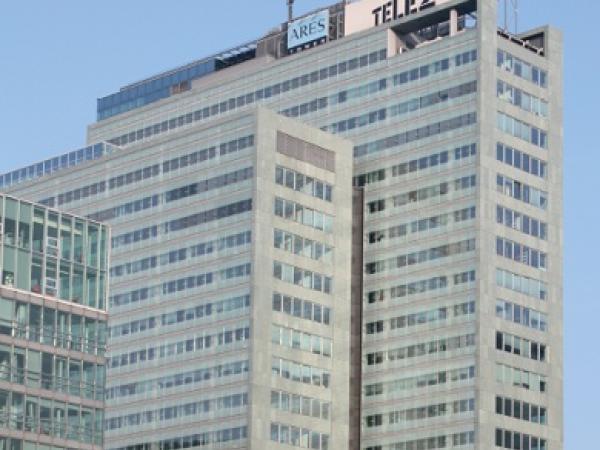Others also read
| Glass, a material with the unique property to let light inside an area, is normally used in building practice as just an enclosure. Its use in facades is also due to its chemically inert properties; it can be cleaned easily and remains good for many years.
| Laminated safety glass with SentryGlas® ionoplast interlayer is helping to ensure the safety and security of visitors to the recently upgraded glass floor and balustrades on the first floor of The Eiffel Tower – the most visited paying monument in the world.
| Spandrel glazing has developed to a stage where more efficient insulation can generate higher thermal stresses than can normally be resisted by heat strengthened (HS) glass on which ceramic enamel (frit) has been applied.
| TROSIFOL®Sound Control (SC), a sound-attenuating PVB acoustic film from Kuraray, has given Marvel Architects the ability to incorporate a substantial glazed façade on a residential development, which would otherwise may not have been feasible due to localised noise levels from the surrounding local.
| Bullet-resistant glass with SentryGlas® ionoplast interlayer has been installed on the majority of the exterior facades on the new San Francisco Public Safety Building, ensuring maximum protection of the building and its occupants, while also maintaining a modern, open, transparent look and feel.
| Learn more about the Secrets The Vine luxury hotel building by downloading the case study.
| After 10 years of experience with the Glaston HTF 2142 furnace, Paul Buckley, Managing Director of the PJB Glass Group, decided to complement his flat glass production offering by investing in a Glaston RC200™ furnace.
| SentryGlas® ionoplast interlayers have played an important role in a unique curved glass curtain wall at the Butler County Health Care Center in David City, Nebraska.
| Sanshiba Shozai of Japan chose to be the first glass processor in the world to invest in Glaston’s latest GlastonInsight™,the intelligent online assistance system, at the same time as it ordered the Glaston RC350™ tempering furnace.
| SentryGlas® ionoplast interlayer have played a key role in the façade construction on the new Sir Samuel Griffith Centre at the Nathan Campus of Griffith University; a building that is destined to become a model for ‘off-grid’ remote communities that have no access to power.
| The visually stunning cable-stayed glass facade that surrounds the recently-opened Enzo Ferrari Museum in Modena, Italy, is another outstanding demonstration of the qualities and capabilities of SentryGlas® ionoplast interlayer.
| Over half the world’s seven billion inhabitants live in cities, by the year 2050 the number will grow to almost ten billion. In order to avoid a climatic collapse in the metropolises, there is no other alternative to energy-efficient buildings.
| In just two and a half decades glass has very quickly made the transformation from simple window glass to an almost universally applicable material.
| Cities are eating up an increasing amount of heat and electricity. In order to reduce this consumption, buildings have to become increasingly efficient and integrate more renewable energies.
| Designed and built by Bellapart s.a.u. between May 2001 and June 2003, the atrium roof and façades of the Endesa Headquarters in Madrid, Spain, have recently undergone inspection and testing to check for any degradation in the glazing.
| The crisis of the photovoltaic industry is drawing to a close. While it is true demand for solar modules is dropping in Europe, demand in many other regions is rising rapidly.
| The initial design concept called upon a structure that drew inspiration from the surrounding environment and then extending and integrating it in a way that did not detract from the beauty of the site.
| Finding ways to improve energy efficiency is one of the greatest challenges facing contemporary architecture.
| Although the costs for solar power have come down considerably lately, photovoltaics are still unable to compete with conventional energy sources.
| Thanks to on-going research and development efforts glass products can take on ever new functions.
| Frank Lloyd Wright's reasoning for the building design was that he wanted the Kaufmann family to live with the waterfalls, to make them part of their everyday life, and not just to look at them now and then.
| DuPont™ SentryGlas® Expressions™ technology has played a key role in helping to create a new 1,700 square-metre, bright red glass façade for the AIDA Entertainment building in Hamburg, Germany.
| The Ares Tower, one of Vienna's tallest office buildings, has a double skin with a newly installed laminate glass curtain wall façade.
| The recent issues related to energy saving and environmental sustainability in the construction sector are particularly problematic for professionals dealing with existing buildings, especially when buildings have a historic value...
| This paper intends to present how applications of structural glass systems have evolved in HDA’s projects since the author’s intial work at La Villette with Peter Rice and RFR.


